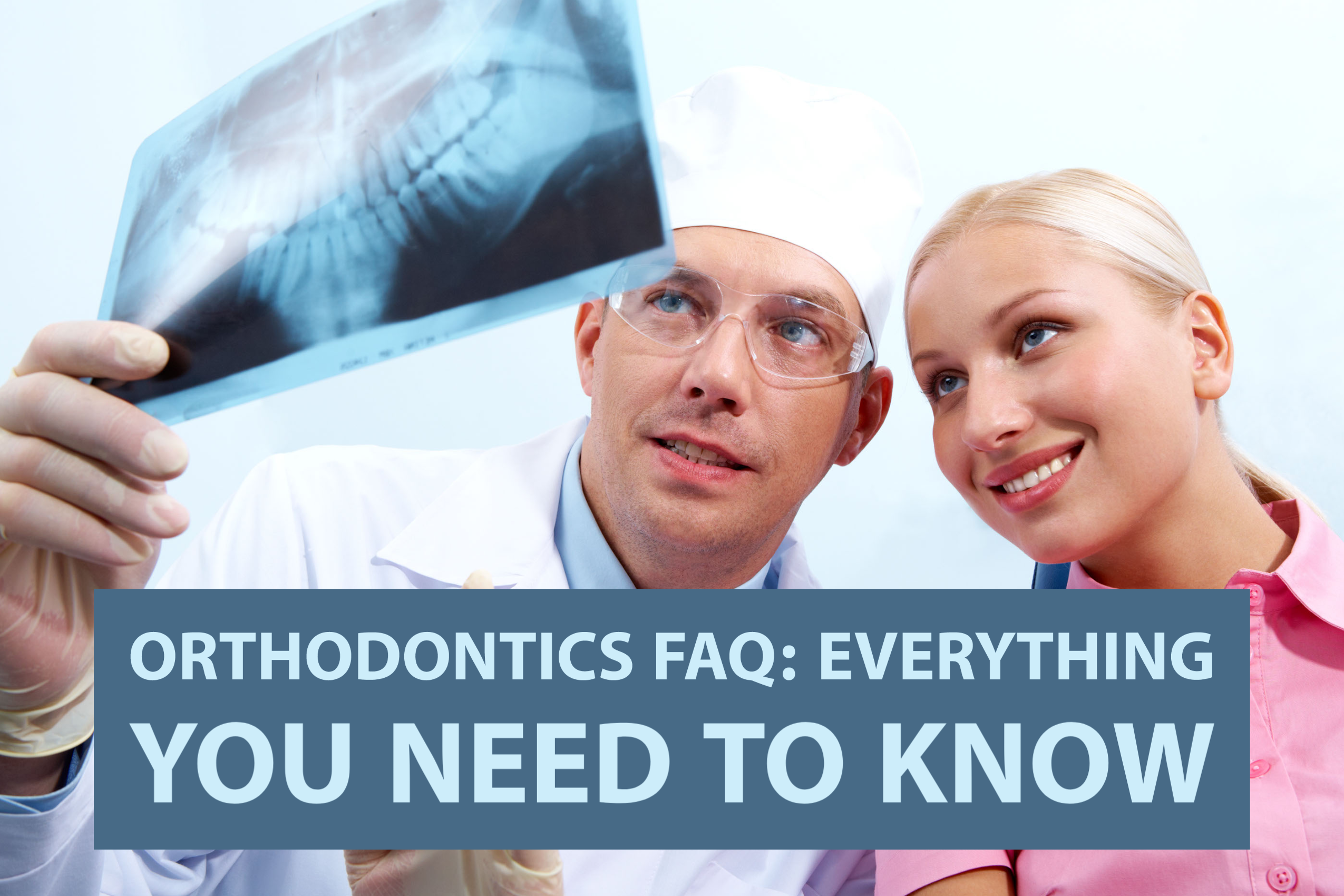Legacy Orthodontics Fundamentals Explained
Legacy Orthodontics Fundamentals Explained
Blog Article
The Facts About Legacy Orthodontics Revealed
Table of ContentsOur Legacy Orthodontics PDFsThe 6-Minute Rule for Legacy OrthodonticsAll About Legacy OrthodonticsLegacy Orthodontics for BeginnersAn Unbiased View of Legacy Orthodontics
In addition, we offer flexible treatment timetables, versatile repayment alternatives and an enjoyable, delightful experience.An orthodontist is a dental professional educated to identify, protect against, and treat teeth and jaw irregularities. They correct existing conditions and are trained to determine issues that may establish in the future. Orthodontists work with individuals of every ages, from youngsters to grownups. Individuals often associate a perfect smile with health.
Malocclusion, or misaligned teeth, can result in dental issues, including tooth degeneration, gum condition, and challenging or excruciating eating. However not everybody is birthed with straight teeth. If you have a negative bite or big rooms in between your teeth, you may want to get in touch with a dental expert concentrating on orthodontic treatment.
Legacy Orthodontics - An Overview
( Picture Credit Scores: DigitalVision/Getty Images) Orthodontists use dealt with and detachable oral gadgets, like braces, retainers, and bands, to alter the placement of teeth in your mouth. Orthodontic therapy is for dental irregularities, including: Crooked teethBite issues, like an overbite or an underbiteCrowded teeth or teeth that are too far apartJaw misalignmentThe objective of orthodontic therapy is to boost your bite.
A healthy and balanced bite guarantees you can eat, eat, and speak properly. While you may consider orthodontists as mostly for youngsters or teenagers that need braces, they can deal with oral issues at any type of age. Orthodontists attend university, oral college, and orthodontic college. After college graduation, they spend 2 or 3 years in an orthodontic residency program.
, but not all dental professionals are orthodontists. They focus on two areas: Just how to correctly and securely move teeth Exactly how to appropriately guide development in the teeth, jaw, and faceOnce an orthodontist has completed training, they have the alternative to become board licensed.
Not known Details About Legacy Orthodontics
Malocclusion leads to tooth congestion, an askew jaw, or uneven bite patterns. Malocclusion is normally treated with: Your orthodontist attaches steel, ceramic, or plastic square bonds to your teeth.
If you have just minor malocclusion, you might be able to utilize clear dental braces, called aligners, instead of typical braces (https://www.goodreads.com/user/show/182420256-brian-mccune). Some people require a headwear to aid relocate teeth right into line with stress from outside the mouth. After dental braces or aligners, you'll need to use a retainer. A retainer is a personalized tool that maintains your teeth in location.
They're frequently used on youngsters. They can create additional space in the mouth without needing to pull teeth. If you have a major underbite or overbite, you might need orthognathic surgical procedure (likewise called orthodontic surgical procedure) to extend or reduce your jaw. Orthodontists utilize cords, medical screws, or plates to sustain your jaw bone.
You may need to see an orthodontist if you have: Crowding or otherwise enough space for all of your teethOverbite, when your top teeth come over your bottom teethUnderbite, when your base teeth are also much forwardSpacing or problems with gapsCrossbite, which is when your upper teeth fit behind your base teeth when your mouth is closedOpen bite or an upright void in between your front base and upper teethMisplaced midline, when the center of your base and top teeth do not align Fixing an oral malocclusion can: Make biting, eating, and talking easierImprove the balance of our face and your total appearanceEase discomfort from temporomandibular joint problemsDifferent your teeth and make them much easier to cleanse, assisting stop dental cavity or tooth cavities It's frequently a dental professional that initially notices misaligned teeth throughout a routine test.
Indicators on Legacy Orthodontics You Need To Know

Throughout your initial orthodontic examination, you'll likely have: A dental examPhotos taken this page of your face and smileDental X-raysPanoramic (360 level) X-rays of your face and headImpressions to create mold and mildews of your teethThese examinations will certainly aid your orthodontist know just how to continue with your therapy. leesburg orthodontist. An orthodontist is a dental practitioner that's had training to treat your teeth and jaw
An orthodontist is focused on your bite, so something like a cracked tooth would certainly be managed by a dentist. Orthodontists are focused on your bite, or the means your teeth fit with each other, and the straightness of your teeth.
Ever questioned how celebs constantly seem to have completely lined up teeth? The solution typically depends on the skilled hands of an orthodontist. What exactly does an orthodontist do? Orthodontists are oral specialists that concentrate on dealing with abnormalities in the teeth and jaws. Their expertise exceeds just developing a gorgeous smile; it reaches improving your general oral health and wellness and feature.
Get This Report on Legacy Orthodontics

, orthodontists have a varied toolkit at their disposal. These tried-and-true braces make use of a system of brackets bonded to the teeth and connected by wires.
These detachable trays are tailor-made to progressively shift the teeth's placement. In situations of narrow jaws, palatal expanders can be utilized to produce area for appropriate tooth positioning.
Report this page